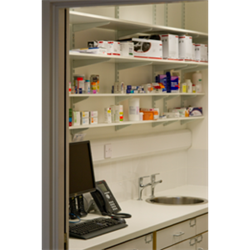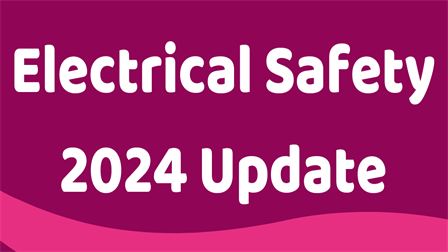PDSA Director General Jan McLoughlin welcomes you to PDSA and explains the history behind the charity.
This is the basic safeguarding induction course for all volunteers at PDSA. It covers sensitive topics, seek support from your manager if needed. Support available is listed at the end of the video. It takes about 17 minutes to watch the video.
This webinar is for all Veterinary colleagues who are handling calls with clients. The webinar will cover: - how to use positive words to increase client interaction - how to identify the right words and phrases to use with a worried, concerned or demanding client - how to use the best words to obtain information easily - supporting you to get the best out of your telephone interaction whilst providing efficient service.

This work-book leads VCAs, SVNs and receptionists towards confidence and safety in dispensing medicines. The workbook includes both theory and practical elements. It is relevant to SVNs and VCAs at developing level in patient care on the skills framework and is designed to be used with the support of a mentor. Access to local hospital procedures and the Health and Safety Manual are required. Topics covered are • Types of medicines and their classification • Health and safety including COSHH regulations • Dispensing • Labelling • Drug schedules • Abbreviations • Administering medicines • Calculations • Case log and sign off By the end of the module the learner will be competent to dispense all client prescriptions at PDSA Author. Georgina Winston, HN at Thamesmead. **You can find a copy of this workbook to download and complete in the additional reference section of this course. **Mentors will need to contact HRSS to request the example answer booklet.
PDSA is committed to the safety of each of our colleagues, pets and pet owners. The correct handling of animals will prevent injuries to yourself and the animal involved, and minimise further stress for everyone. This webinar should increase your confidence and knowledge when handling animals. By the end of this module you will be able to: - Describe why correct manual handling is important - Outline how the spine functions - Describe 5 key areas to consider when carrying out a manual handling risk assessment - Explain the different techniques for correct manual handling.
Safe handling is a principle that makes sure when you are doing something like picking up heavy things or moving big objects, you have an understanding of how to do these activities safely and without injury.
We want to make sure you are trained in the principles and practices of this course and so this course provides information and training for you to understand the risks associated with manual handling and how to ensure appropriate control measures are put in place.
All of our veterinary team members across PDSA work hard to deliver a great service to our clients and supporters. At times you may be faced with an unhappy client and we recognise that resolving client dissatisfaction can be challenging. By knowing what to say and, more importantly, how and when to say it, you may be able to resolve the situation, before it evolves in to inappropriate behaviour, or a complaint. The module will cover the following key areas: - Our beliefs surrounding a situation - Emotional Triggers - How to minimise the impact of triggers - How to de-escalate client dissatisfaction - Challenging Behaviour vs Inappropriate Behaviour - What should we do? The process in place to manage inappropriate behaviour - Safeguarding our people an clients - Supporting our teams This webinar will take approximately 30 minutes to complete.


